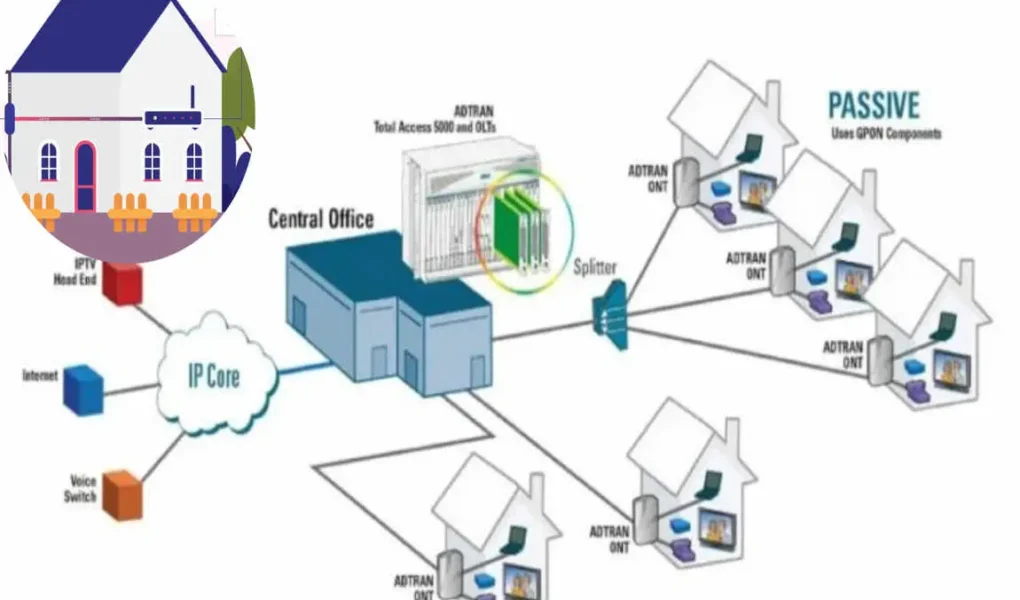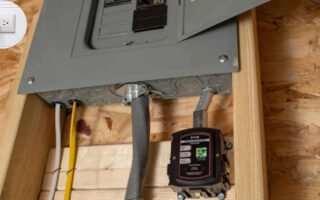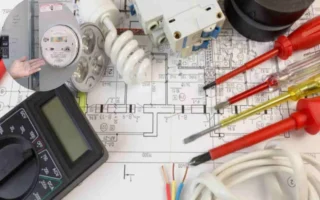Is your home prepared to embrace the future of ultra-fast internet? Fiber optic technology delivers lightning-speed connections that boost streaming, gaming, and work-from-home experiences. The good news is that many homes are already wired or close to being ready for fiber. With a few simple checks—like spotting an Optical Network Terminal (ONT) or consulting your internet provider—you can find out now if your home is fiber-ready and unlock the power of seamless connectivity.
Benefits of Fiber Optic Internet for Your Home
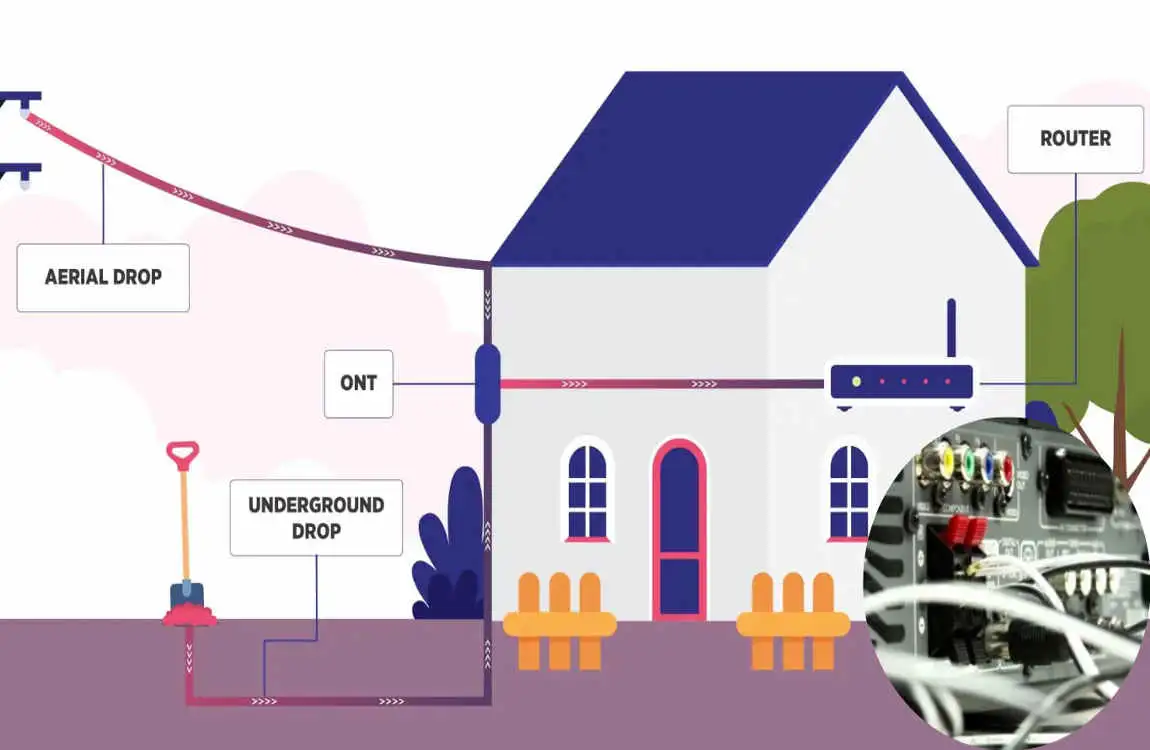
Fiber optic internet offers lightning-fast speeds that can transform your online experience. With download and upload speeds often reaching gigabit levels, streaming movies or playing games becomes seamless.
The reliability of fiber optics is another significant advantage. Unlike traditional copper lines, fiber cables are less susceptible to interference from weather or electrical disturbances. This means fewer service disruptions for you and your family.
Bandwidth capacity is a game-changer, too. Fiber optic connections can handle multiple devices without a hitch, making them perfect for smart homes with several gadgets connected at once.
Security also benefits from fiber technology since data transmitted through these cables is more complex to tap into than conventional methods. This adds an extra layer of protection for sensitive information shared online.
How to Determine if Your Home is Ready for Fiber Optics
To see if your home can accommodate fiber optic, start by checking with local providers. They often have online tools to verify service availability in your area.
Next, examine the existing infrastructure. Look for coaxial or phone lines that may indicate compatibility issues. If you have an older setup, it might be time to assess whether rewiring is necessary.
You may also read (how to keep your house smelling fresh while vaping).
Consider the distance from the nearest fiber node. The closer you are, the better your chances of enjoying high-speed internet without signal degradation.
Inspect any obstacles such as walls or trees that could interfere with installation. These factors can influence both speed and reliability.
Think about your household’s internet usage needs. If you regularly stream videos or work from home, ensuring you’re ready for fiber optics is a sensible step for seamless connectivity.
Steps to Prepare Your Home for Fiber Optic Installation
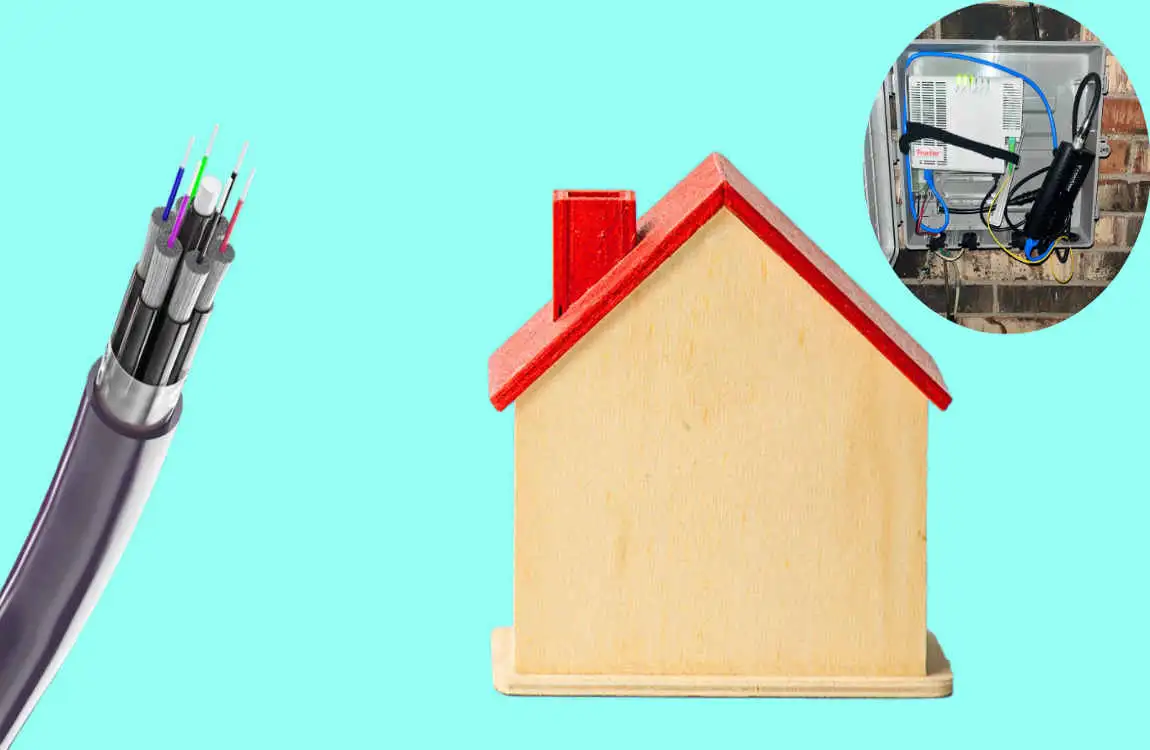
Preparing your home for fiber optic installation can make the process smooth and efficient. Start by assessing your current wiring setup. Check if existing cabling meets modern standards.
Next, clear pathways to where the fiber line will enter your home. This often means moving furniture or decluttering spaces around entry points.
Consider where you want the modem placed, too. Proximity to power outlets and central locations in your home is ideal for optimal coverage.
If you’re unsure about any technical aspects, consulting with a professional can provide clarity on what changes need to be made.
Keep an eye on local regulations regarding installations. Some areas might have specific guidelines that could affect how you prepare your space.
Taking these steps ensures a hassle-free transition to high-speed connectivity while maximizing performance from day one.
Common Misconceptions About Fiber Optics
Many people have misconceptions about fiber optic technology. One common myth is that fiber optics is too expensive for the average household. In reality, prices have dropped significantly, making it more accessible.
Another misunderstanding is that installation requires extensive rewiring of your home. Most providers can install fiber with minimal disruption to your existing wiring and layout.
Some folks believe that fiber optic internet isn’t available in rural areas. However, many companies are expanding their networks to reach underserved regions.
People also think that fiber optic connections are fragile and prone to damage. While they require careful handling during installation, once in place, they’re durable and reliable.
There’s a notion that fiber optics only benefits heavy internet users or gamers. The improved speed and reliability enhance everyone’s online experience—streaming videos or browsing social media becomes smoother for all users.
Choosing the Right Provider and Plan for Your Needs
Selecting the right provider for fiber optic service is crucial. Begin by researching local options to identify available companies in your area.
Look at customer reviews and ratings. This will give you insight into reliability and service quality. Pay attention to feedback about installation experiences, too.
Next, compare plans carefully. Different providers may offer varying speeds and data limits. Choose one that aligns with your internet usage habits—streaming, gaming, or working from home all have different demands.
Consider contract terms as well. Some providers lock you in for a year or more, while others offer flexible month-to-month options.
Don’t forget about customer support availability! A responsive team can make all the difference if issues arise down the line.
Take your time evaluating each option before making a decision; it’s an investment in better connectivity for years to come.
You may also read (what appliances in your house use gas).

